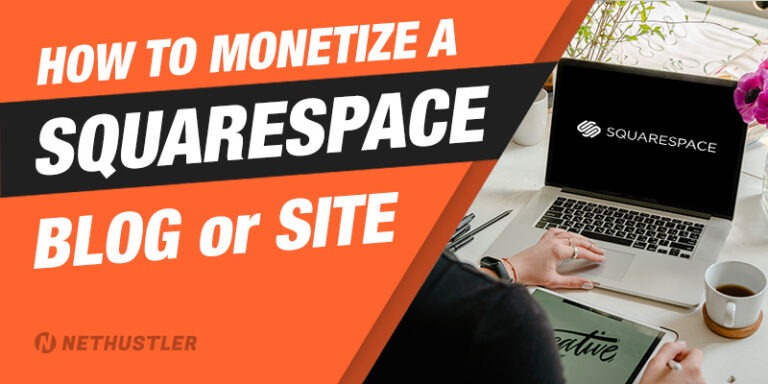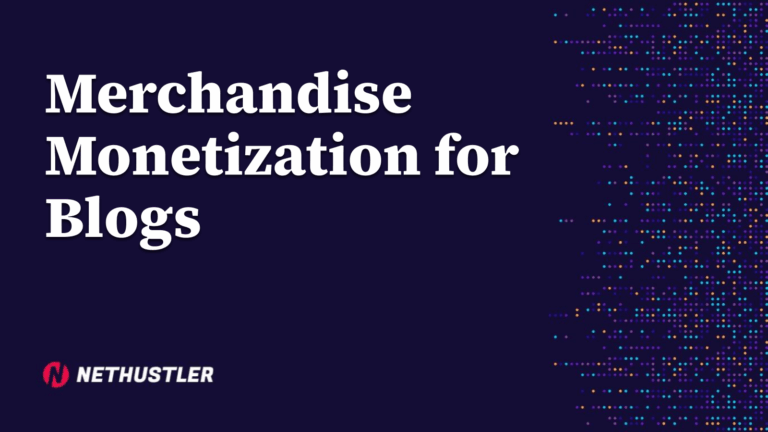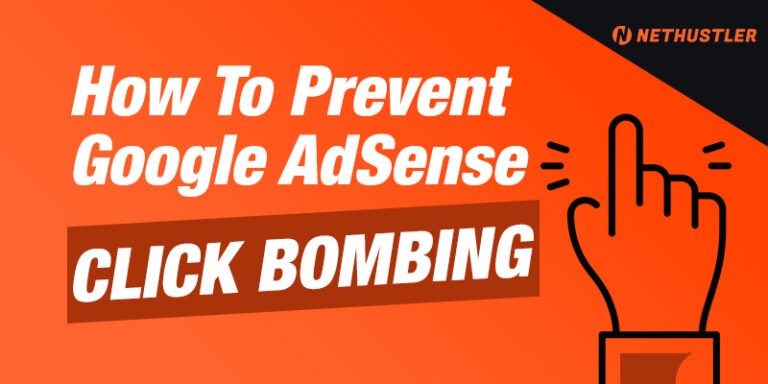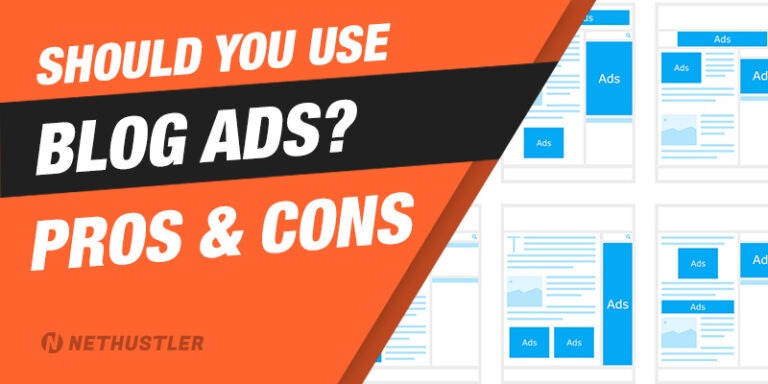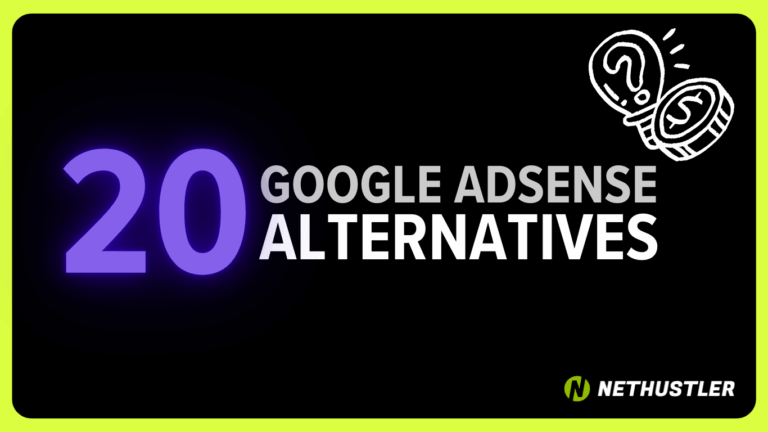How To Monetize Your Website: 8 Effective Methods
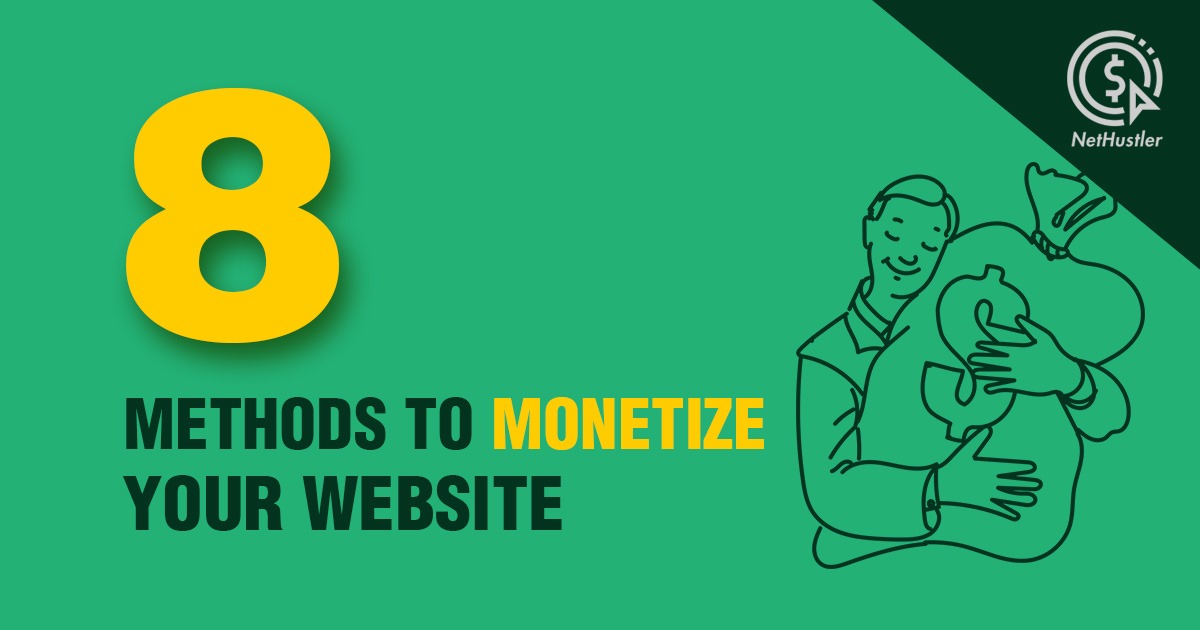
So you have a website that’s generating some traffic but almost no revenue? Learn how to monetize your website with these 8 effective methods.
You can make money in every niche out there, as long as you get a decent amount of quality traffic and know how to monetize your website, you’re golden.
So below I will share with you some of the best ways to monetize a website, let’s go.
1. Contextual, Display, and Native Ads
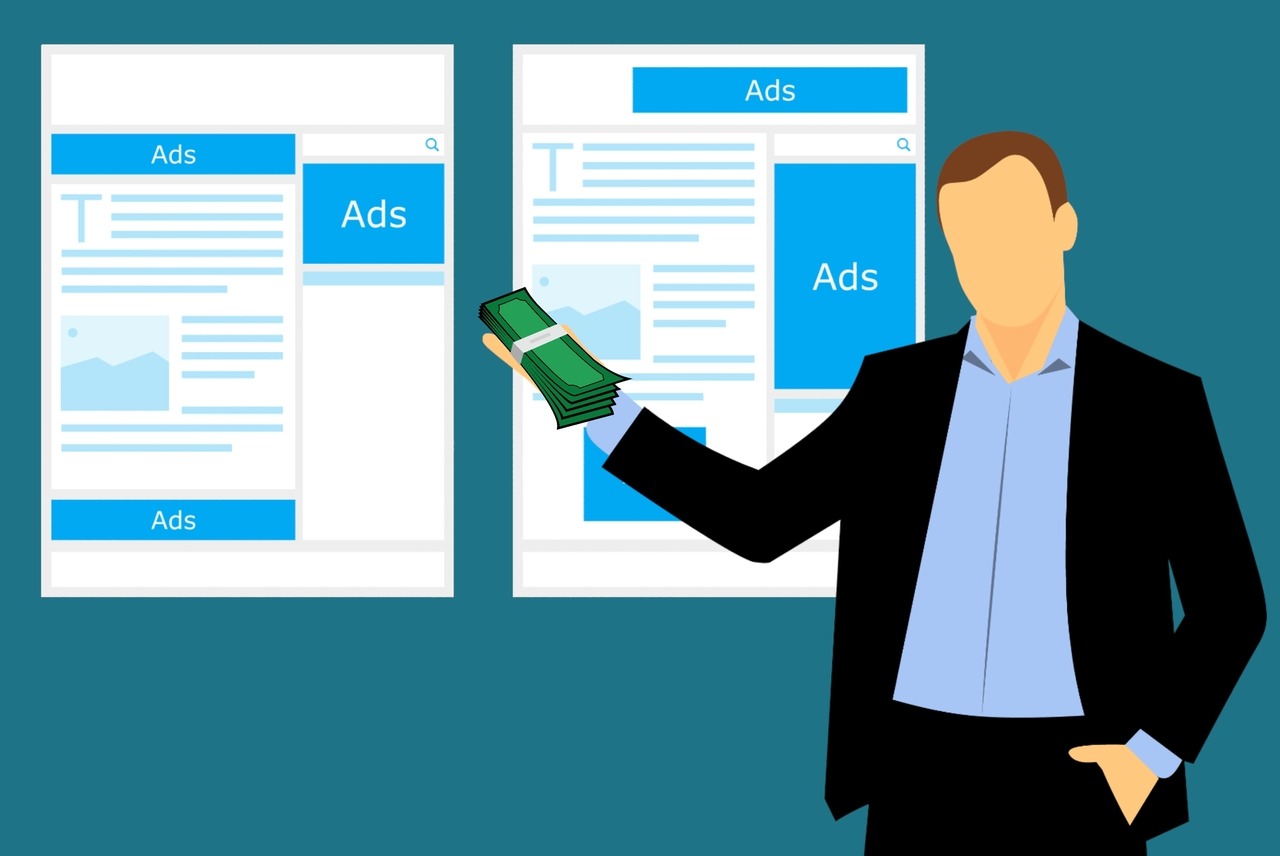
Alright, I’m sure you might be familiar with this monetization method already, but nevertheless, let’s talk about it for a little bit.
Basically, we’re talking about ad networks like Google AdSense and Media.net (these are the most popular options, there are more options out there) that will provide you with ad codes to insert into your site so that you can display their ads and when some of your visitors click or view the ads, you will earn money.
While AdSense and Media.net have more contextual ads and banners, recently we’ve seen a surge in popularity of Native ads (think about those recommended content links and images that you see pretty much on every website nowadays at the end of an article).
These native ads are basically “banner ads” but fancier and with a responsive design. Some native ad networks: Taboola, Outbrain, RevContent, Content.ad, MGID.
PROS
- Easy to get up and running
- Decent earnings potential (can depend on the niche a lot though)
- One of the best SET and FORGET monetization techniques
- Can scale up effortlessly with the amount of traffic you have
CONS
- You need to have a great site to be approved by the top networks
- You need quite a lot of traffic in order to see some nice payments
- Depending on the GEO/niche the earnings can be pretty low
This website monetization tactic is pretty straight forward, and nothing too complicated.
It’s also probably the most popular way of monetizing a website. You will see these ads on pretty much every website out there, no matter the size, you can see them on a small niche website that receives a couple of hundred visits a month, to large websites like CNN and YouTube.
I believe this monetization method should be tried by everyone at least once, especially if you have a great website with lots of amazing content and some decent traffic.
If you’re not making enough with your AdSense ads learn how to increase adsense earnings.
See a list of great ad networks that you should try and join, especially if you did not get approved by Google AdSense: 22 Best Google AdSense Alternatives
2. Affiliate Marketing

A quick short summary of what is affiliate marketing and how it works:
You have a site with traffic in a niche like “How to lose weight”, you don’t have your own training course or products to sell to your visitors in that niche, so the next best thing is to promote someone else’s product, course or service and earn a revenue every time someone buys through your special affiliate link.
You will have to join an affiliate marketing platform like ClickBank and CJ.com or even Amazon Associates, and you will find thousands of products that you can promote as an affiliate on your website.
PROS
- Some research is required in order to find the best products to promote but overall it’s an EASY process
- Fewer requirements to get approved and to be able to promote certain products than joining AdSense
- It can earn you a LOT of money if you’re in the right niche and have good traffic
- Can create specific sub-niche websites focusing only on a single product, which makes it overall easier to rank and earn
- Beginner friendly and everyone with a decent website can get started
- You can get paid daily, weekly, bi-weekly and monthly (depending on the networks)
CONS
- There’s a ton of crappy products and services out there, so you need to be careful what you choose to promote
- Sometimes a product or service simply shuts down or is no longer updated and you need to find another one quickly
Affiliate marketing is another great way of knowing how to monetize your website, and you should try it out, especially if you have a more niche-focused website.
Learn more by reading my Affiliate Marketing Ultimate Guide
3. Sponsored Posts & Reviews
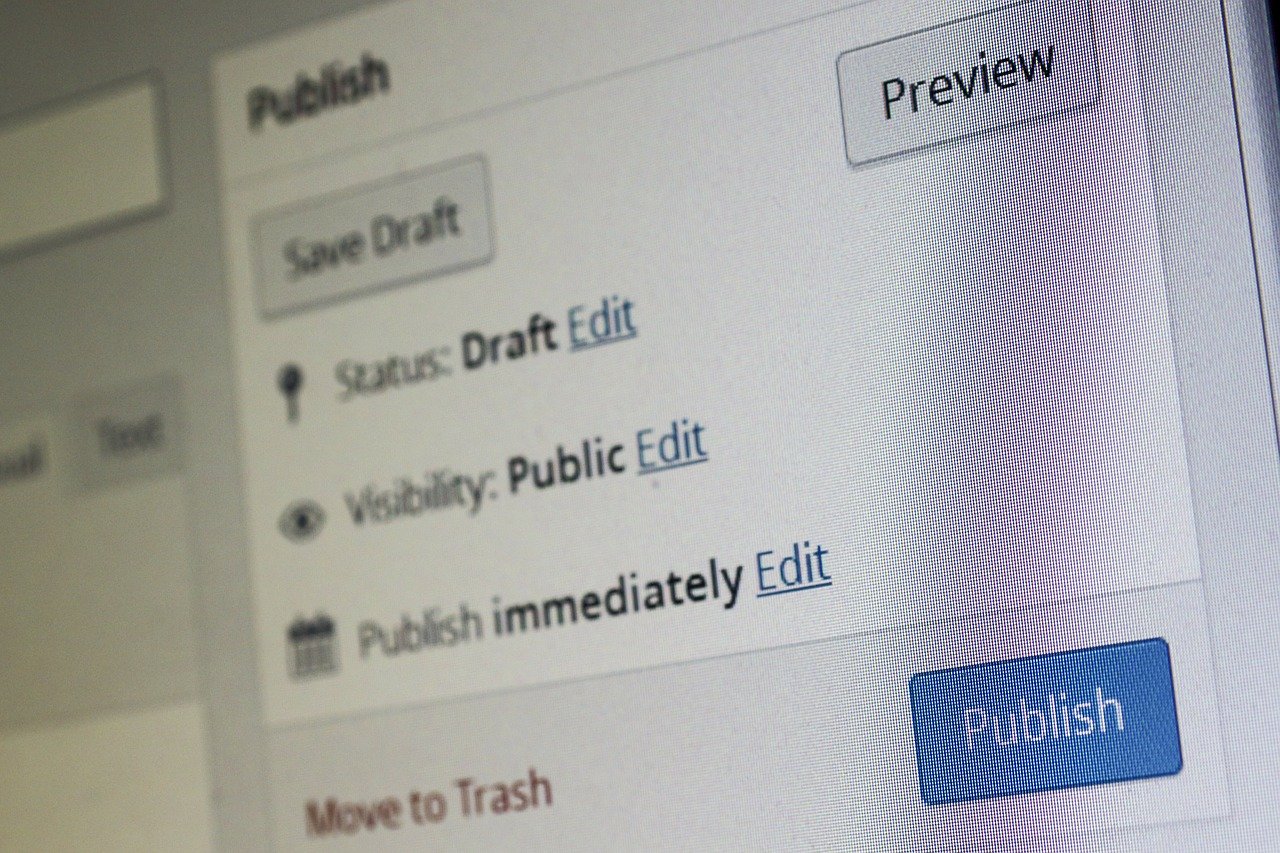
So you want to know how to monetize your website but you don’t like to have ads all over the place on your pages? Don’t worry this monetization method gets rid of all those pesky ads from your site, so it can look as fresh as you’d like.
Not only that, but sponsored posts can earn you a lot of money, especially if you combine them with contextual ads or affiliate products on your website.
It’s really easy, basically, someone has a product or service that they want to promote, they do some research and find a bunch of websites that would be a good fit for their product, and they also found your website.
They will then contact you, asking you if you can write a sponsored or review post for their product or service, and in turn, they will give you a sum of money.
PROS
- It’s as easy as writing a regular article, but for something or someone else, and YOU GET PAID to do it.
- You already will know how much money you will make, and you can even set and negotiate the price (unlike AdSense for example)
- Fast payments, this one is great because you can get paid immediately you publish your post, instead of waiting for a month at least
- You also get “free” content for your website in a way, so that’s great.
CONS
- The sum of money that you will receive, depends a lot on the age of your site, the traffic that you get, the niche, etc…
These sponsored posts don’t have to only be for products or services, you can get money to let someone else write a guest post for your website. There are many guest post platforms out there where you can register your website and wait for someone to contact you about it.
Bottom line is that sponsored posts and paid reviews are a great way of monetizing your website, but you never know when it happens or if it will ever happen.
4. Your Own Products

If you don’t already have your own product or service, you can create one if you so want. Having your own product to sell is an amazing way of monetizing your website simply because you control everything.
Creating your own product is as simple as writing an ebook, recording a video or audio course, or if you know some digital marketing skills such as SEO, design, crocheting, drawing, etc, you can turn that into a paid service for people to hire you.
PROS
- You set the rules, from the design and content of the product down to the price
- You also have the creativity and freedom to promote your product in any way you want
- You can have your own affiliates promoting your product or service
- Scaling up can be easy if you create additional products related to that one that you know your customers will love to have.
- You get instant payments to your bank or Paypal account
- It can be as easy (auto-pilot) or hard (constantly working and updating the product) as you want
CONS
- You have to deal with refunds and customer support
- You might have issues with your payment service such as PayPal / Bank accounts
- If you get too many bad reviews, your product/service might not last too long
- If it’s a digital product like ebook or video course it might get shared online by people for FREE, and you don’t make any money
I know there are quite a few CONS there, but trust me even so, having your own product or service can be very beneficial for your online business, plus you will earn more.
If you got a bit of free time and the know-how I definitely recommend you look up into this, and see if you can come up with a product that you can create and then sell on your website.
It’s a fantastic way of monetizing a website.
I had many digital and real products that I promoted and sold over the course of these years, and even though I had to deal with customer support and refunds and all that hassle most of the times, it was still worth it, because I made more money than any other monetization method out there.
Also, make sure you master the art of soft selling and hard selling when creating your product’s landing page.
5. Consulting

If you’re great and successful in your field and want to help others as well, why not get paid to do it? Consulting is similar to all the PROs of having your own product or service but without so many CONs.
PROS
- You set your own schedule and pricing
- If you’re really good at what you do, consulting can be easy, as you already know how to spot and solve problems
- You can have many recurring clients and also a lot of new ones since they will recommend you a lot if you do a good job
- You can EARN a LOT of money by doing consulting, I’ve seen prices range from $20 an hour up to $1000 and more. That’s insane no?
CONS
- Finding clients can prove to be a bit difficult depending on the niche you’re in, or how popular you are.
- Being limited by the time means that scaling up will be hard (you only have 24 hours in a day…I think)
- You do need to KNOW your stuff if you want to have a constant stream of satisfied clients.
Consulting is a great business model, in fact, you can monetize your website with other methods that I write in this article and still be able to offer to consult people and businesses and earn even more.
Its as easy as setting up a new page on your website where you describe your skills and how you can help them, and give them a price and that’s it. Just add a button or banner/link to that page everywhere on your website, and you’re good to go.
I don’t even have a consulting page or link, and I still get a lot of emails from readers just like you asking me to mentor and consult them.
Unfortunately, I always turned them down, simply because I don’t have the time right now because I work on many things, but trust me, I could make a lot of money simply by giving more in-depth advice to people.
6. Sell Direct Ad Space
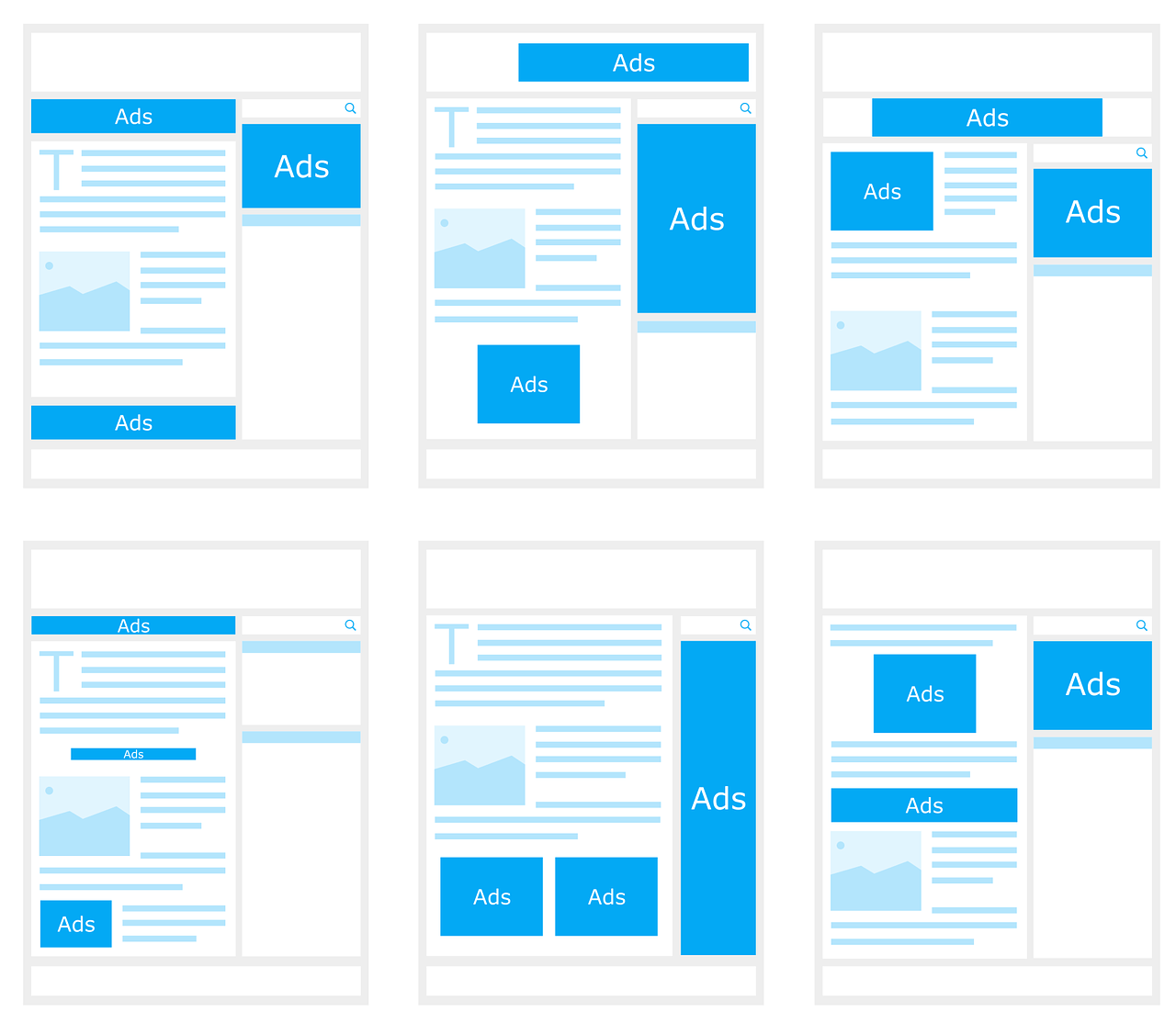
This monetization method makes you money by placing other’s people/business banners on your website.
Hey… wait a minute Stephen, WTF?
Isn’t this the same as contextual and display ads?
Well, yeah…but it’s not the same… I’ll explain give me a minute.
You see, by selling direct ad space, you don’t have to rely on an ad network like Google AdSense or Media.net to get approved by them and also get paid what THEY want, whenever THEY want.
Instead, you get businesses to pay you directly, for placing their banners and ads on your website, depending on how much traffic your website gets.
So in essence, you cut the middleman (AdSense), and do the deal straight with the other party, without delay, and for even more money (usually).
Makes sense? Of course, it does, you silly goose…
PROS
- You set your own price, either fixed or by CPM
- You can earn more than regular ads from AdSense or other ad networks
- You can have recurring clients that book the same ad spots for months to come which is great
- You can set up as many ad spots as you want for your website (you’re not “restricted by ad network policies like Google’s 3 to 5 ads per page)
CONS
- You might not get clients all that fast, so you will have empty ad spots on your site until that happens (or you can choose to add some AdSense ads in the meanwhile)
- If you don’t go through a marketplace like BuySellAds (that has their own code like AdSense) you will have to implement each ad manually into your site, or you will have to learn how to work with an ad server like Google Ads Manager which can be confusing at first.
You can go to sites like BuySellAds.com and add your site to the marketplace, see what others are asking for similar sites, and similar traffic numbers as yours and fix your price accordingly (or even lower, since you will be new to the platform).
It’s also good to add an “Advertise with Us” Page and link on your website, and write a bit about your website’s audience and numbers, and ask them to contact you for more info.
Most of the time you will earn more money by selling direct ads than with AdSense, there are big sites out there that are monetized solely through direct sale ads, so you know it’s a great way to monetize your website.
7. Paid Membership
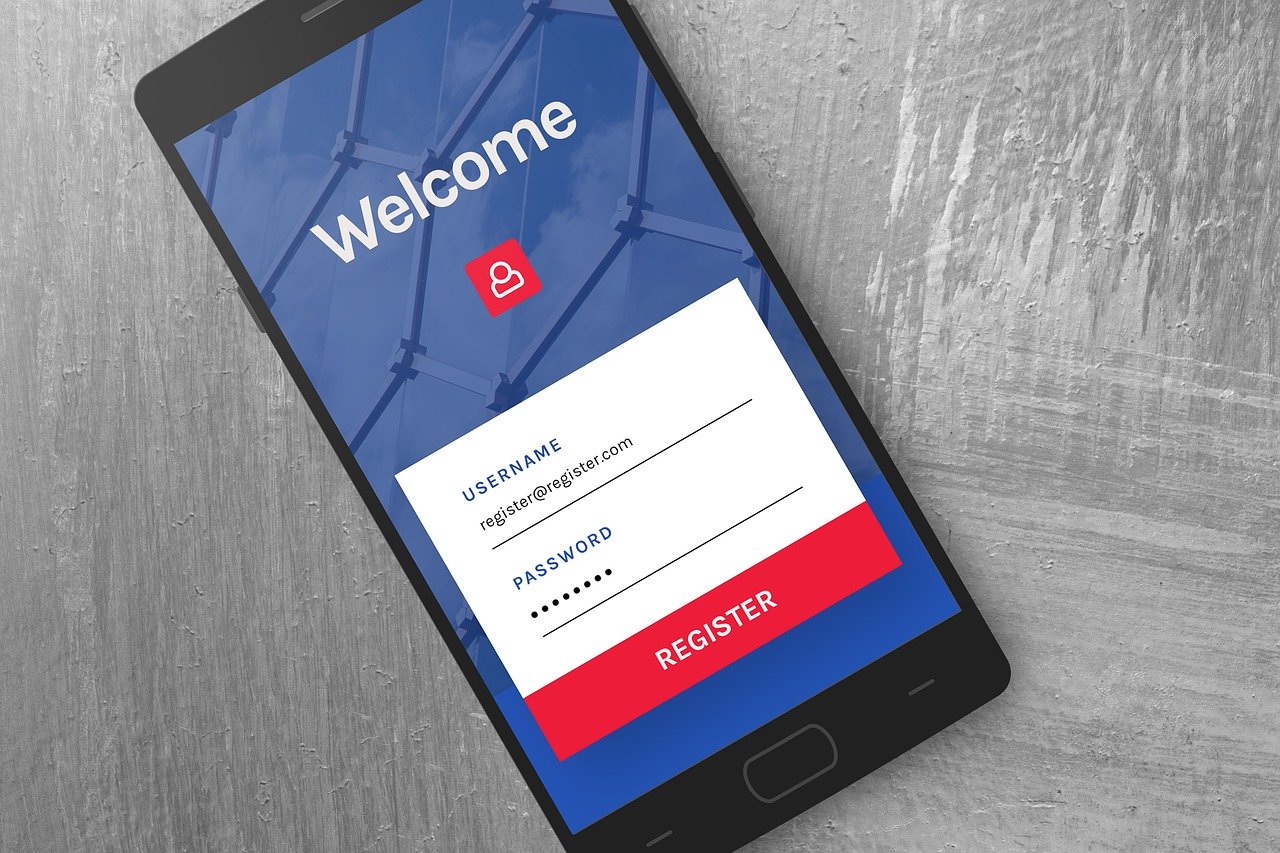
If you have great content or something valuable to offer, you can put it all behind a paywall, and basically ask people to pay for a monthly membership in order to have access to it.
This is great because you don’t have to do anything out of the ordinary, you will still have to write articles and create great content on a regular basis, but you will be able to monetize your website by simply asking people to pay a membership or subscription to your site in order to view it.
PROS
- If you’re in the right niche you can make a ton of money with a paid membership site
- If you set a monthly or annually membership, you will also get recurring commissions so basically, you will earn more from the same client over and over again
- You will have a list of paying customers that you will then be able to promote other similar products too
- Every time you update the site and add more good stuff to it, the value of the membership increases even more which is great.
CONS
- You need to offer VALUE, without something great to offer, you won’t be getting too many members to your site.
- You have to constantly update it and work on the site and add new things such as guides, tools, resources, etc.
- You can’t ask too much money or else people will not be able to join.
- A recurring membership is not something that is very easy to sell
Learning how to monetize your website with a paid membership can be easy, but putting it all into practice and getting lots of members is not.
You have to offer something great if you want people to pay for a recurring membership (something that many people don’t like to do in the first place).
But if you do all the things right, a paid membership site has lots of benefits and can grow and scale a lot, making you a lot of money in the process, especially if you’re in the right niche and have valuable content.
8. Leads / Email Marketing

A lead is someone who has entered their contact info into a form and you now save and use that information to then send them either promotional emails or helpful advice, or both.
Usually, the most common way of gathering leads is by doing email marketing.
No matter what niche your website is in, you can always start an email list and monetize it. In fact, your email list might be the most profitable way to monetize your website.
All you need to do is to get people to subscribe to your email list, and then promote your website, your product or service, and even affiliate products or get paid for someone else to send an email to your list.
PROS
- It’s easy, you can build an email list effortlessly without spending too much money
- It’s convenient, you can send an email at any time you want promoting anything (related to your website’s topic) and you will usually make money in an “instant”
- You can grow your email list quite fast, especially if you offer something of great value for free in exchange for their email address
- You can sell solo ads, basically, someone will give you money to let them send an email to your list (the price is based most of the time on the number of clicks you can send back to their links)
- It can be both a monetization method and a traffic generation method, which is amazing
CONS
- If you send too many emails that are “spammy” in nature, you will get a lot of unsubscribers
- You need to offer something great in order to get these valuable leads
- If you don’t engage with your email list on a regular basis, many of them will unsubscribe
I highly recommend everyone to try and gather leads from their website, it’s a great way to monetize your website and also get a loyal audience and traffic at the same time.
Conclusion: How To Monetize Your Website
Alright, so I just gave you a lot to read, and to learn about how to monetize your website, you have 8 effective methods that can all work great, depending on what site you have.
Most of them can be combined together so that you can earn even more money. But don’t overdo it too much (especially with the banners and the ads).
If you’re just starting out and you have a website with some great content, and you want to know how to monetize your website, then you should try and do them all, starting with the first method (contextual, display and native ads) followed by affiliate products, etc.. until you find something that works best with your website’s content and traffic.
If you’re a more advanced webmaster or internet marketer, I guess you already knew about some of these, and you might have even tried some of them already, in any case, now you also know my take on them and what my PROs and CONs are…
In the end, I hope that you know know how to monetize your website properly, and if this article helped you or if you have any suggestions please let me know by leaving a comment down below.
Cheers,
Stephen

